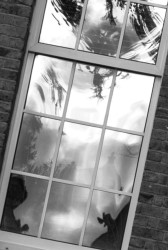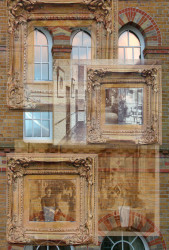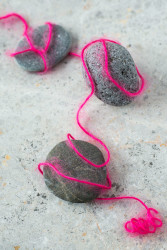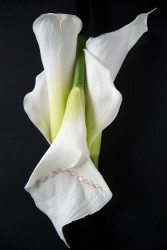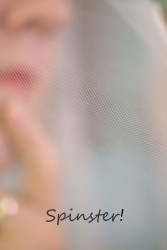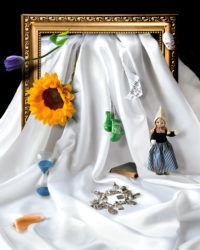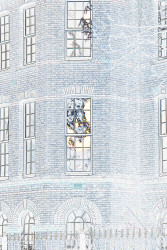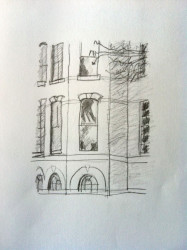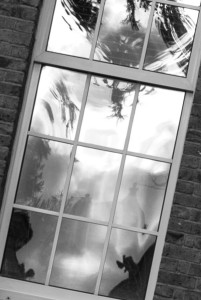- Doorway
- Window shadows
- Windows on the Soul
- Ode to ironing, Pablo Neruda
- The Choice
- Self Portrait 1
- On the Shoulders of Giants
- Contemplating Mortlaity
Out of all the topics in this course, which felt most comfortable to you? Why?
Narrative was the area that felt most comfortable, probably because in many ways it felt the most familiar both in terms of my photography and my consultancy work. It was also the reason for taking this particular course. My food photography is all about telling stories so it was an approach I am used to developing. Research suggests we are naturally storytelling animals so it is probably no surprise that this feels like a more instinctive approach.
Did you discover anything completely new to you? What was it?
There were several areas that were completely new for me. The primary one being the big development in my Photoshop skills that has happened as a result of the module. I now feel much more confident with Ps and while there is lots more to explore I feel I now have a good grounding.
The other area that was new was my exploration of Vanitas Still life; while I was very familiar with traditional still life and Nature Morte I had not really come across the Vanitas tradition before. It was particularly interesting to explore its cultural, political and social influences.
Within this I came across a number of female painters and photographers that I had not encountered before and I really enjoyed researching their lives and the social and artistic contexts they were part of.
Which area enabled you to come closest to finding your personal voice?
Surprisingly for me it was the constructed realities and fabricated images area that I felt started facilitating my voice and personal approach. In some ways the seeds were sown with the rework of the first assignment and it then developed as I become more familiar with Ps and had a clearer view of what I was trying to say. It has been very important for me to work through a process of development and deliberation with each assignment.
By the time I got to the Vanitas series I knew when I started that my initial ideas were unlikely to form the final assignment but I had to work through them to get to the right set of images.
Which areas seemed furthest away from who you want to be as a photographer? Why?
In some ways it feels too early to answer this question having only done two courses so far. The areas I am least comfortable with are probably portraiture and street photography and as such they are not approaches I have been developing.
I did not enjoy A1 in terms of shooting in public spaces and looking back I think that was because I wanted more than I could shoot in a straight documentary style (which I completely accept may be a weakness in my work). Once I started manipulating the images and adding text I felt I started to get closer to what I wanted to say.
What were the main things you learnt?
- Applying my research skills to my creative work as much as my ‘day job’
- Not being afraid to try things out – I think they now call it ‘failing well’
- Keeping working on a project if I don’t think I have quite resolved the outcome, i.e. not to settle on a solution too early
- The value of constantly looking at the work of other students and photographers
- The sub genres of still life
- The historic gender inequalities in art and design and the fact that it still remains an issue
Were there any epiphany moments?
Seeing Plastic Vanitas was certainly and inspirational moment, while I didn’t want to do something that was obviously derivative I knew it was a direction I wanted to explore. Another important moment was doing an online Photoshop tutorial that showed me how to create images that played around with the image frame. That was the point at which my A5 became a possibility.
Overall, I think my development during C&N was more slow burn than epiphany.
Will you return to any of the assignments from this course at a later date? Did you feel as if you were on the cusp of anything?
I think it is highly likely that I will return to the issues and ideas raised in assignment two and five. It is possible I may do more around self-portraiture using assignment three as a starting point. I definitely enjoy creating the more conceptual work and I imagine as my technical skills improve I will see new ways of developing the work.
In my mind the three Vanitas images could easily be part of a larger set that I would like to develop. I do think that composite and collage work has opened up a new way of approaching my photography to the point where I have been wondering if I am moving towards becoming more of a digital artist than a photographer (if in fact there is such a distinction).
Thank you Context and Narrative, you have at times been infuriating, but there is no doubt you have helped me develop my practice.





